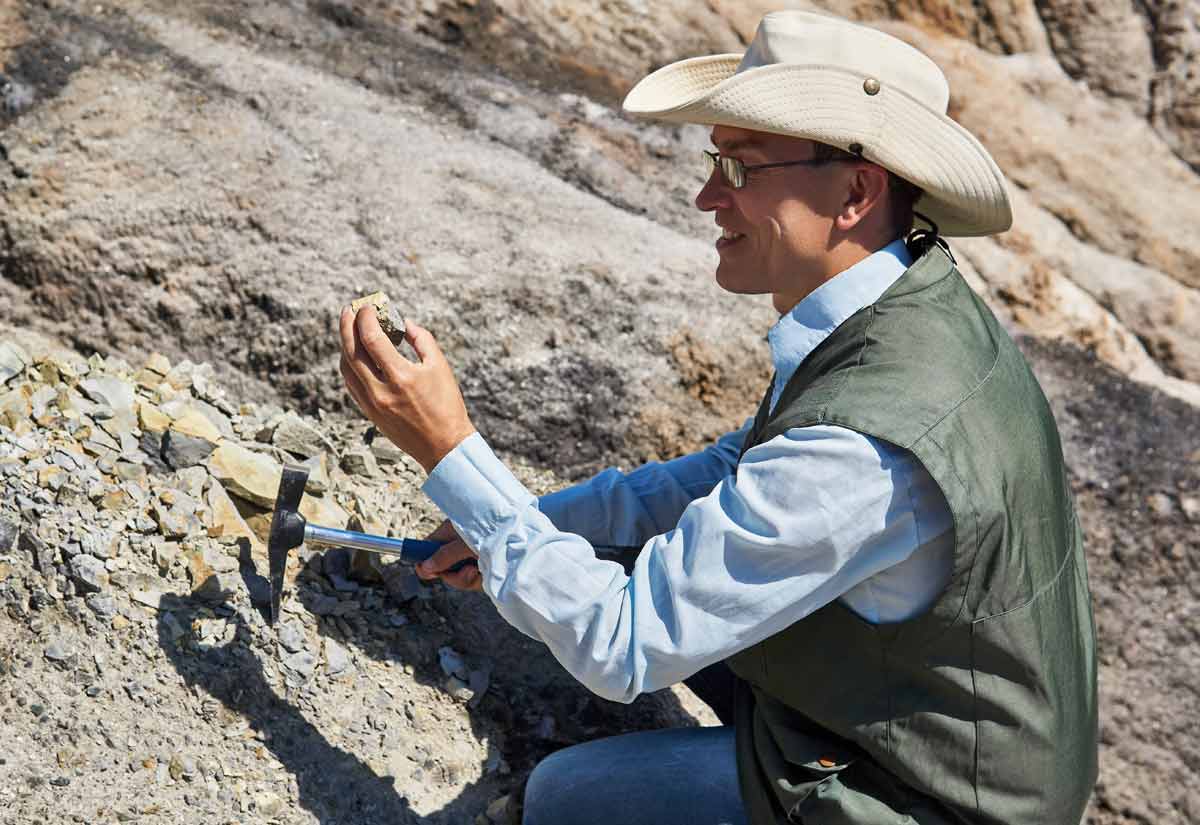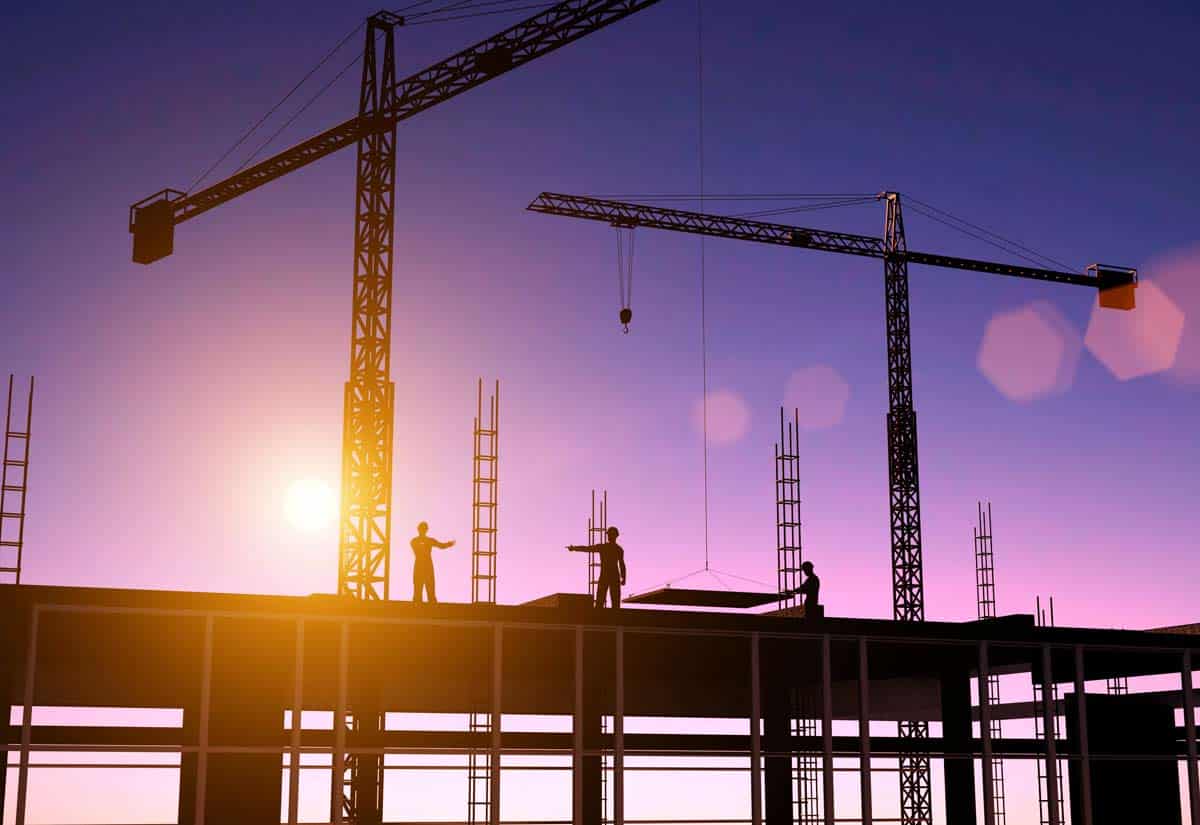The Long Term Value of Concrete Construction: Looking Beyond the Carbon Footprint
In May 2019, the Portland Cement Association (PCA) released the report titled, “The Real Value of Resilient Construction”, The elaborate 10-section paper makes a strong case for concrete construction in the US, where recovery spending after natural disasters reached an astounding $306 billion in 2017 alone.
The PCA report challenges the alleged environmental superiority of combustible construction materials and the minimal safety features of building codes which have been pushed by “the industries that benefit from those changes.”
According to the PCA, “claims of superior ability to sequester greenhouse gases” are supported by questionable accounting devised to demonstrate reduced carbon footprints. Furthermore, the report notes building codes only require a minimum margin of safety. Buildings need only to remain intact long enough to allow safe egress for occupants in the case of fire. The building itself is not protected by these standards, leading to the need for complete rebuilding rather than less disruptive and less expensive repairs.
The PCA makes the case that performance of a building over its entire life cycle is a much more significant factor than the tenuous “carbon footprint” data available to building owners and designers.
Concrete Building Performance and the Cost of Natural Disasters
Two years after Hurricane Katrina the affected population was still at 56% of its levels before the devastation and still hasn’t recovered in full to this day. Traditional timber system construction is expensive to replace and prolongs disruption for years.
In a geographically diverse nation prone to unavoidable natural hazards such as hurricanes, tornadoes, floods, earthquakes, and wildfires, resilient concrete construction is the most cost-effective solution. The National Institute of Building Sciences estimates that for every $1 invested in resilient buildings, $6 is the return in savings in recovery costs after a natural disaster.
The term “concrete construction” generally conjures up images of huge infrastructure projects such as bridges or tunnels, or massive civil construction such as stadiums and skyscrapers. The PCA report widens the field for resilient concrete construction, presenting cost comparisons which make the case that concrete systems can compete with mass timber and steel structural systems at every level. There is “usually a concrete solution that fits the needs and budget of any project.”
In cost comparison studies, cast-in-place concrete buildings were quite competitive when measured against the initial cost of building wood or steel frame buildings ranging from -5% to +20%. Even when the initial cost of the building may be a bit higher for concrete, performance over the entire life cycle of the building and the cost of operating the building over time tips the scale toward resilient construction.
Resilient Concrete Construction vs Wood and Steel
Wood rots, steel rusts, and both must be meticulously maintained with paint and protective coatings, driving up maintenance costs over the life of the building, especially for labor. Unlike wood and steel, concrete isn’t vulnerable to fire, sun, rain, heat, and cold.
Concrete buildings are more energy efficient which cuts down on emissions, and the temperature stable thickness of the material, or thermal mass, maintain temperatures for maximum comfort with minimum energy.
Concrete is made from sand, gravel, water, and cement and doesn’t require the cutting of old growth forests to make timber. Concrete can be mixed and poured in place, without the need for trucking to and from sawmills, not to mention the energy consumed and greenhouse gases expended in timber milling processes. Similar logistics and expenses are required to manufacture steel and get it to the site.
After a natural disaster, or simply as a result of long exposure and aging, wood building materials frequently end up in landfills where they decompose and release even more greenhouse gases, while their concrete counterparts continue to provide durable shelter and energy-efficient comfort for their occupants.
In today’s environmentally conscious construction industry, resilient concrete construction is the solution for safe, healthy, comfortable and, most importantly, durable buildings that save precious resources.
About Resource Erectors
At Resource Erectors, we specialize in matching the top professionals with North America’s industry-leading companies in the concrete, mining, tunneling, engineering, and civil construction sectors. When you’re ready to build your company’s dream team or make a strategic career move as a highly qualified industry professional, you’re ready for Resource Erectors. Please don’t hesitate to contact us!











